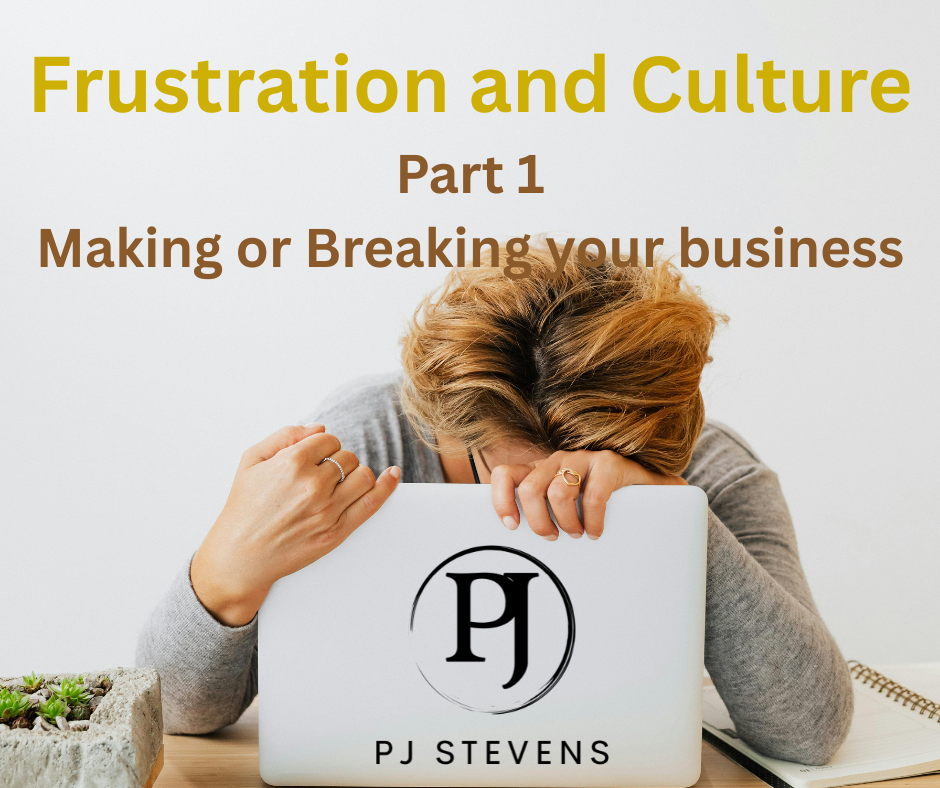FUTURE PROOF your business
- PJ Stevens

- Feb 6, 2024
- 3 min read
What is the meaning of Future Proof?
Generally, the term ‘future-proof’ refers to the ability of something to continue to be of value into the distant future and that the item does not become obsolete. Future proofing includes the need to identify and understand the impacts of outside influences on businesses and their ability to meet current and future needs to ‘ensure business viability for future generations’.
Where does the term future proofing come from?
Future-proofing is more often used in relation to software, electronics, medical equipment,
computer equipment and the like, which is designed so that it can still be used even when
technology changes, therefore lengthening the life and value of the software in the future. It is also recognised in architecture and construction as a way to extend the life of a building by considering the changing needs of businesses and markets forces.
Future proofing has been described as ‘the process of anticipating the future and developing methods of minimising the effects of shocks and stresses of future events’, which in today’s world extends to people, projects and climate change. It is a term that is more widely used and recognised in management consultancy and change management.
How future proofed was TSB during its IT fiasco?
For your consideration, in respect of future proofing, look at the TSB IT fiasco. A report,
commissioned by the bank and carried out by law firm Slaughter and May, said the board failed to ask its contractor key questions ahead of the launch, which resulted in nearly 1.9 million customers being locked out of their accounts. An independent report into the bank’s 2018 meltdown noted the board of TSB lacked ‘common sense’ and shifted customers to a new IT platform before it had been fully tested.
How would you judge this against future proof criteria, and how future proofed was the bank
against such stresses and shocks?
As we use future proofing more widely, I believe we need to consider the broader meaning and take time to investigate and understand the human impact – positive and negative – on future proofing projects and change. The TSB example shows where the Board failed to ask key questions, this human failure or negligence had major impact on the Bank, jobs, reputation and of course its customers.
Certainly, we can look to future proof systems and processes in business, but the impact of people must be considered. Remember Gerald Ratner’s famous ‘crap’ comment in 1992 which caused an immediate loss in brand and share value.
How do you future proof a business against a Chairman’s comments?
Not everything should be future-proofed
Some products and projects are not required to last into the future. Some specifically have short life spans. Look at the number of Covid Testing businesses that popped up. There were whole car parks taken up with swabbing and testing at Airports to meet the needs of travellers. Some companies were doing 40,000+ tests a day, and printing money. But it was never going to last. However one could argue that the company could future proof itself by seeking new products or services to offer in the future. It begs the Vision question: are we a Covid Testing company or a Health Care company?
Apple make its products obsolete by design. And then reinvent. This is their plan to future proof their Trillion Dollar company. Remember, its planned obsolesce. They own the obsolesce versus being made obsolete by competition or customers.
Here are a couple of options that will unquestionably help to Future Proof a business (including change, project or mergers):
1. Be very clear on your Purpose. Being a Purpose led brand can significantly reduce the
impact of risk, and elevate peoples thinking and behaviours to deal more effectively with
business as usual and business as un-usual. Purpose creates increased engagement and
energy, both internally and externally, which can lead to greater resilience.
2. Have a complete and clear understanding of potential hurdles and pitfalls that might derail a change, project or even the future of the business. Ensure you have a balanced view of these potential risks which includes tapping into the wider knowledge of the business, not just the board, who can themselves be a risk and who are unlikely to minute that.
3. A simple exercise to help future proof the business, improving problem solving and
innovation, is Open Space. It is an extremely cost-effective method of bringing groups of
people together to answer big questions or solve problems collectively. Open Space is a
great way to harness creativity, gather ideas and multiply value from those ideas.
Future proofing may sound a big term but in many aspects, it is common sense, however as is often said ‘common sense is not that common’.

If you would like discuss Future Proofing your business, please book a call in my diary below:




Comments